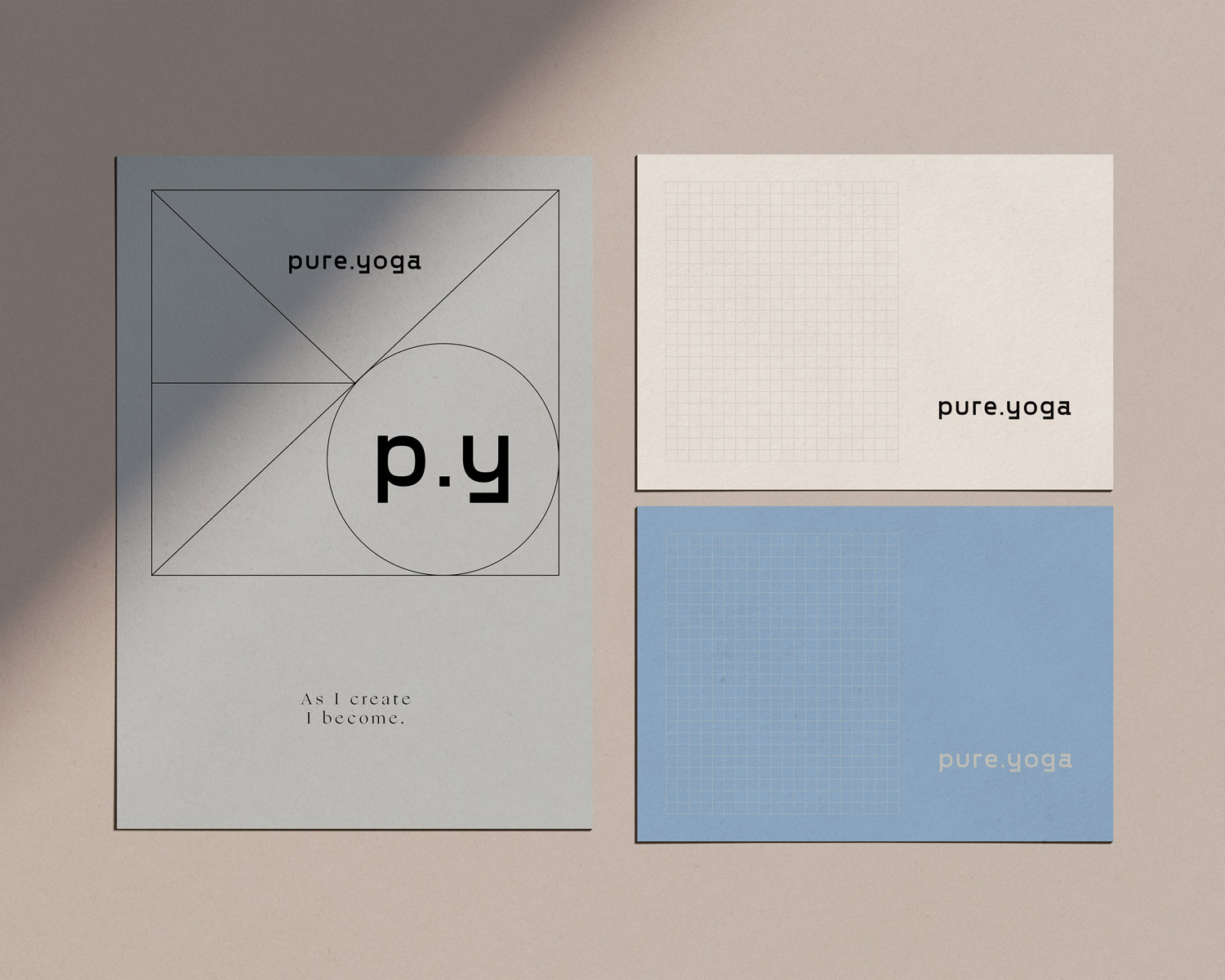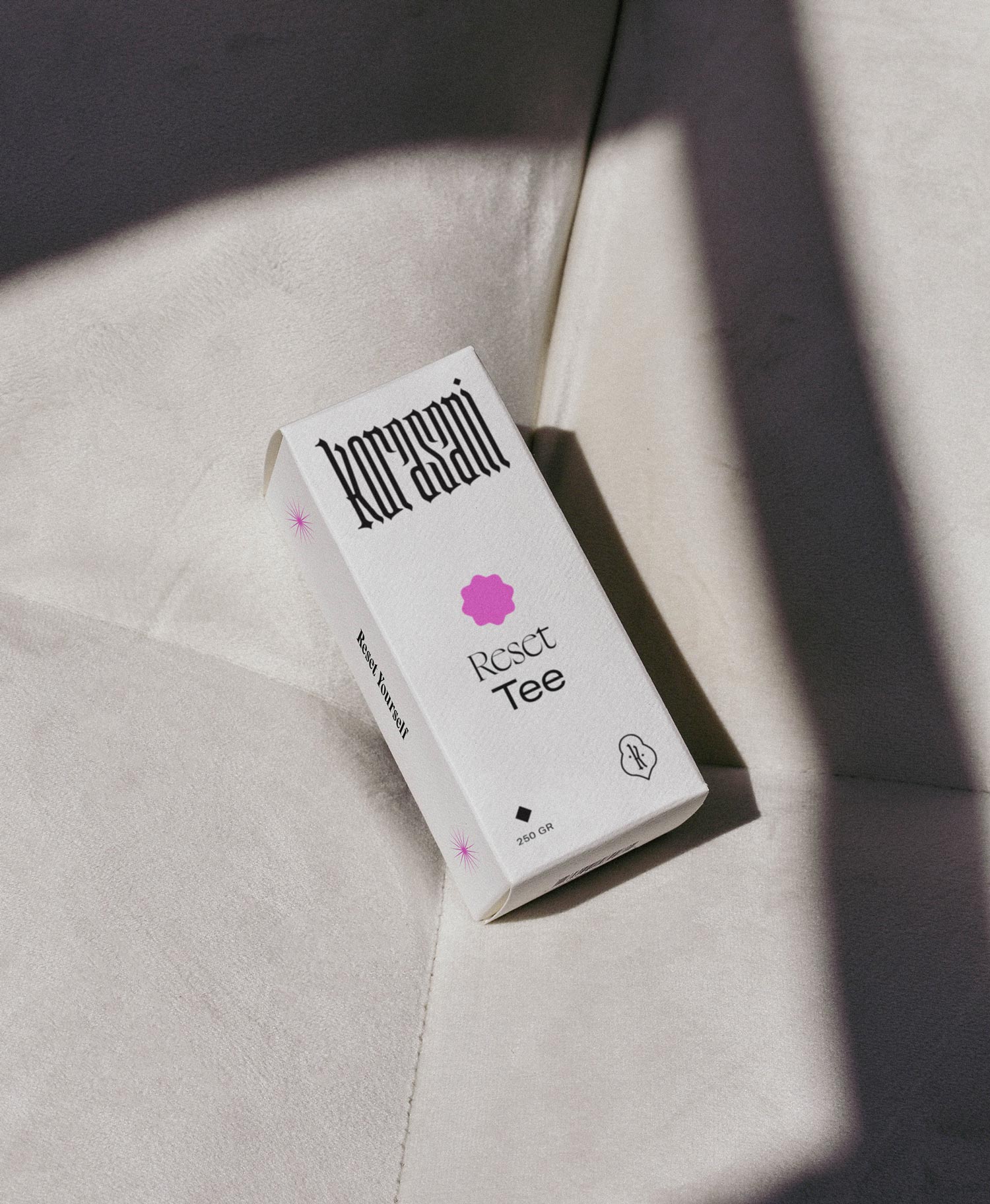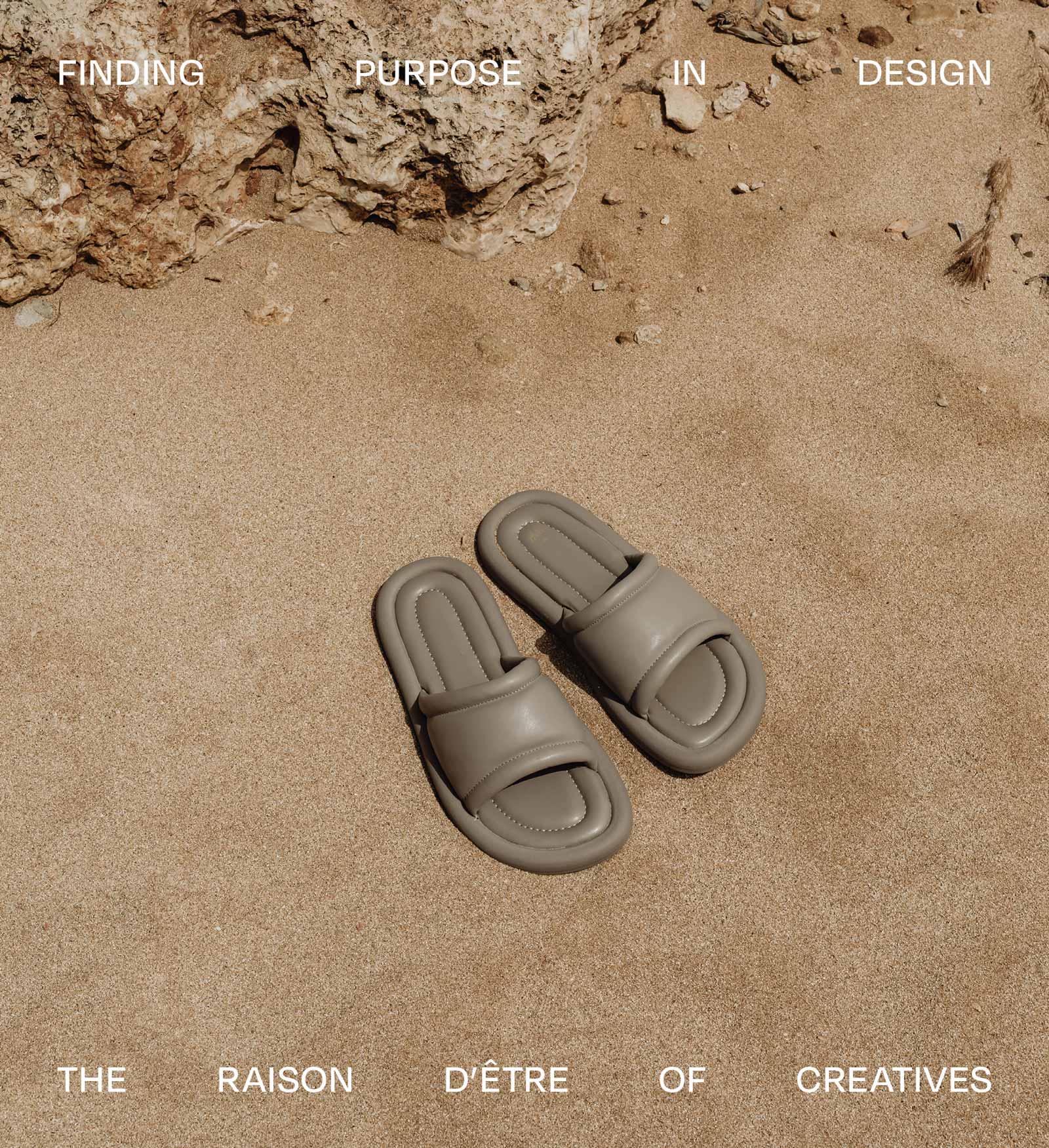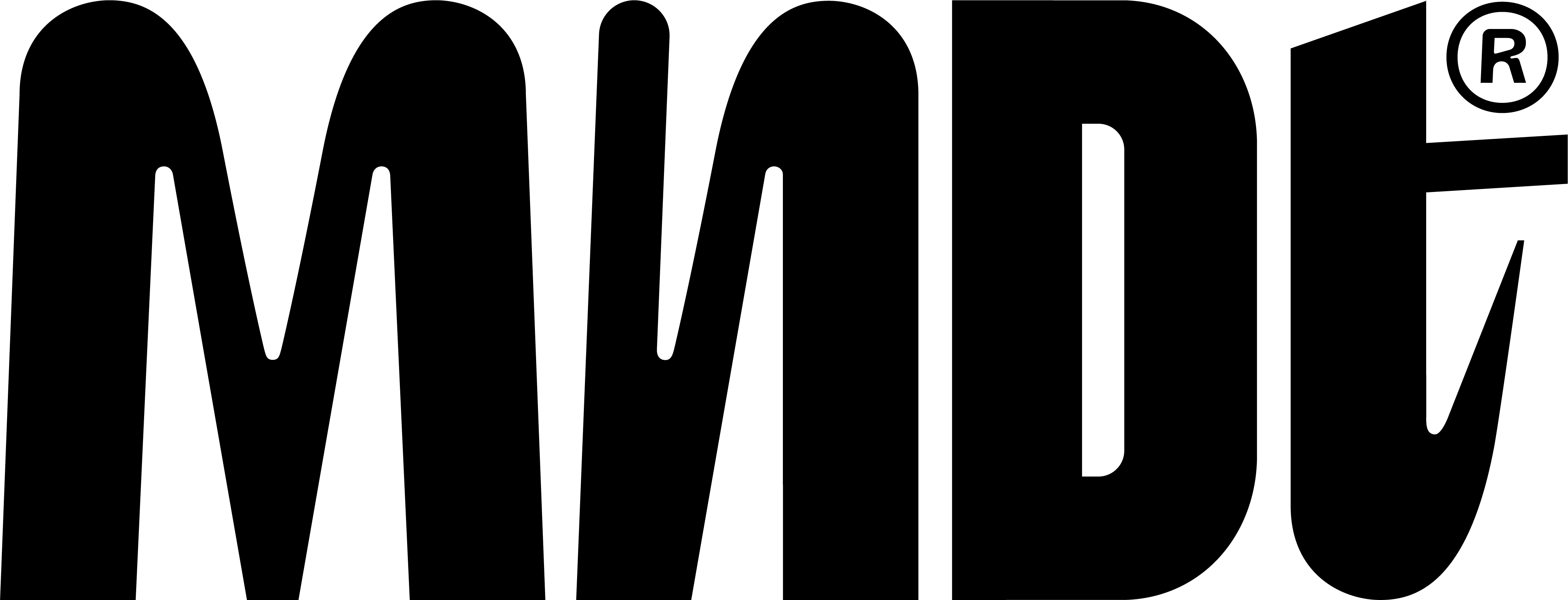Finding Purpose in Design—The Raison d’Être of Creatives
Why Purpose Matters for Designers
As designers, we often question our role and purpose in design; purpose in the world. It’s easy to feel like our work doesn’t have the same impact as others, like doctors or engineers. But the truth is, our creative purpose as designers is just as significant. Design isn’t just about aesthetics; it’s about creating meaningful experiences that shape culture and make the world a better place. In this post, I’ll explore why understanding your purpose in design is essential for both personal fulfillment and professional growth.

I’m a creative. A brand designer. Trained information designer with a Bachelor of Arts degree. Some would call me graphic designer, others Art or Creative director. Some of these names sound more prolific or successful than the others. In the end, it all doesn’t matter.
I’m not saving lives, not revolutionizing the world or the like. Sometimes, this kicks in and I’ve been reflecting on the purpose in design for a while. Can design truly be meaningful? Now, I’m finally ready to share my thoughts.
The World Needs Art and New Ideas!
There wouldn’t be any culture if it wasn’t for people like us. So, why could aesthetic brand design be a need in the world? What’s our impact as designers?
Challenging the Notion of »Superficial« Design and Transforming It into »Purpose in Design«
There’s so much bad design out there but this doesn’t spark any joy! It doesn’t transport any good feelings. It’s a necessity, a side note, loveless.
But, good design! Good design makes people feel good. Aesthetics transport a vibe. Why would there be art in the first place if it didn’t do something to people?!
I recently watched a fascinating video on neuroarchitecture. The concept of neuroarchitecture—how space and design influence our brains—reminded me of how design impacts us all, no matter the medium. When we design, whether it’s for a brand identity, workplaces, or even the grocery store, we’re not just shaping how something looks; we’re shaping how people feel on a neurological level. This science influences our well-being.
While neuroarchitecture typically refers to the design of physical spaces, the same principles apply to all forms of design—in branding, graphic design, or products. Design choices, from color to layout, influence how we feel and even shape our behavior. Part of it is called design psychology and I even learned it back in college.
When designers understand these subtle cues, they don’t just create “pretty things”—they curate experiences that improve people’s lives. The right design can foster calm, inspire creativity, and make people feel more grounded and focused.
As designers, we have the power to reprogram people’s brain chemistry—how cool is that?
We still often keep on thinking about the role of design in society in a superficial way. We as designers ask ourselves, what good is it that I do, compared to other people saving lives?! Well, dig a little deeper and don’t stop at the obvious.
The Deeper Significance of Aesthetic Design
It’s not as superficial as it seems. As designers, we sometimes forget that our creative purpose can have a deep impact on how people experience the world. There’s a reason why I am so drawn to aesthetic things. Why I am repelled by bad type choices and horrific layouts or color palettes. They make me cringe. While, at the other end of the spectrum, beautiful things (often with meaning!—you’re likely to feel that at least subconsciously) feel harmonious. Good.
We are humans. We have feelings. We are energy. We have different senses and pleasures. And to feel good in this world, where so much bad things are happening, art and meaningful design can be sort of therapeutic to us, if I am allowed to say so… I mean, there is art therapy, after all.

Finding Fulfillment in Your Creative Work and Purpose in Design
By now, I know my taste is a gift. And I am honoring it. If you can relate, please join in. Let’s strip back the shame of only making things “appear nice,” as other people sometimes might think. I’ve always known I am doing more, especially with brand strategy playing a huge part of my practice. It’s never only been about aesthetics. And for this, I am tapping into my intuition. Into higher guidance even. The spark you send out through creating that is magic.
So, it’s also a deeper level we’re talking about here. And yes, you’re allowed to simply make nice things. If it makes you feel good, if it sparks joy, what bad could there possibly be about it? Nothing. I am so happy to finally understand and embody this myself and I hope many creatives are going to feel it too. We’re creating energy.
Designers as Creators of Meaningful Culture
Find your gift, and acknowledge that it’s valued in the bigger picture as well. Don’t make yourself small, don’t compare yourself to doctors and nurses. You’re here for a purpose and the world needs you. You have an impact.
Coming back to brand design. Yes, there are a lot of designers in this world. But strolling through (German) supermarkets, there’s clearly a need in good brand and packaging design. And maybe it would even make people less grumpy while going grocery shopping.
From Doubt to Purpose in Design: Reclaiming Your Creative Calling
Understanding your purpose as a designer can help you reclaim the value of your creative work.
How do you find purpose in your design work? What role do you think designers play in shaping culture? Have you ever experienced how design has influenced your emotions or behavior in unexpected ways? I’d love to hear your stories. Let’s connect!
Did you know that connection is one of the six top practices for creative well-being? If you’re feeling as if you’re on this journey alone, join our network of creatives inside The Designers’ Well-Being Hub. We’re here to support each other, share resources and experiences, and create a nurturing support system that will empower and nourish you from the inside out.
Join The Designers’ Well-Being Hub
Feel free to send me an email with your thoughts on the topic:


No Comments.